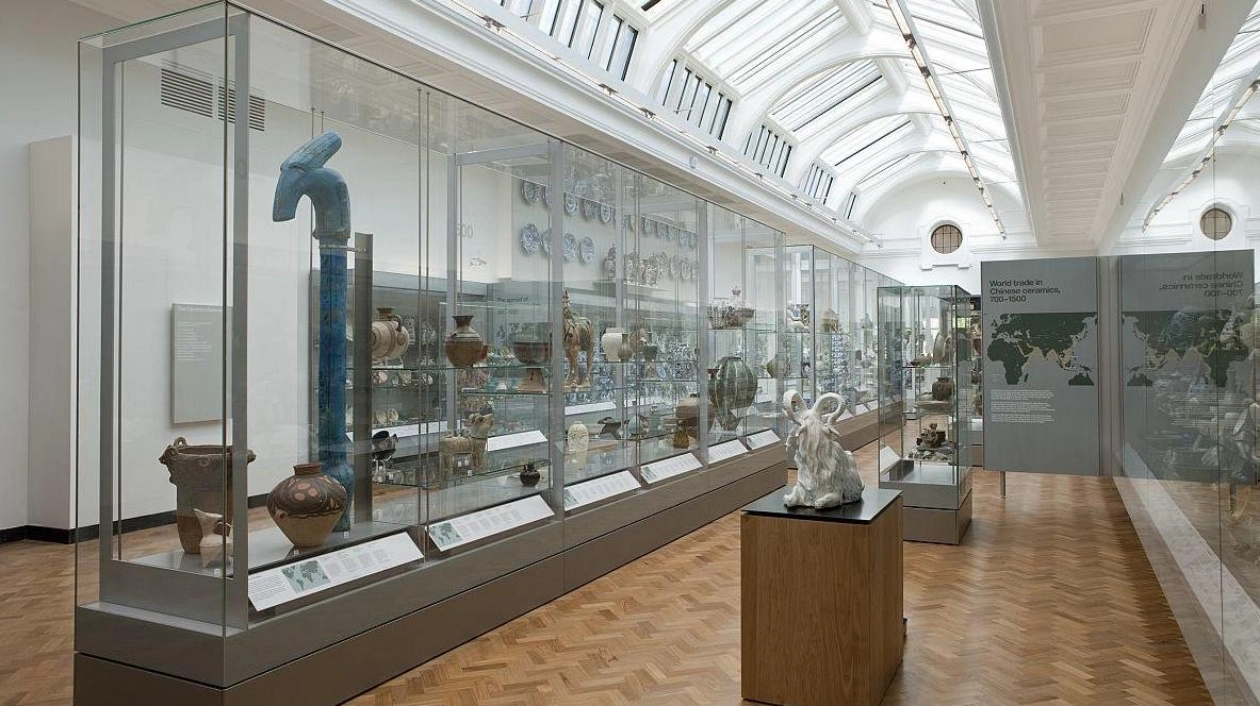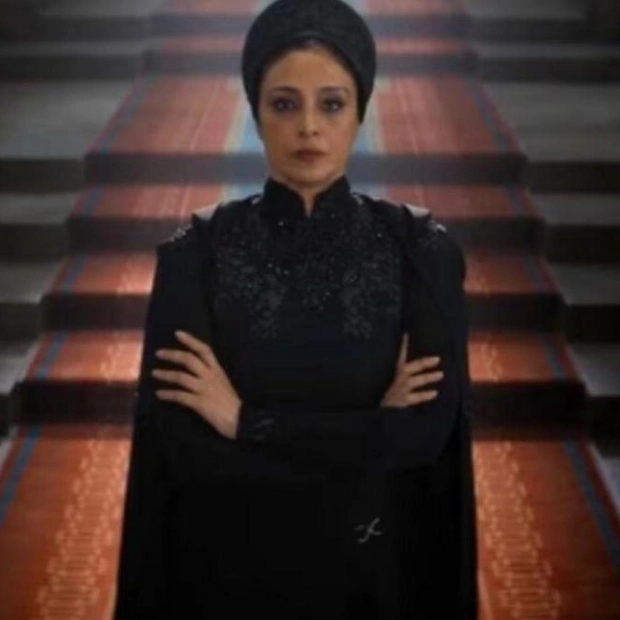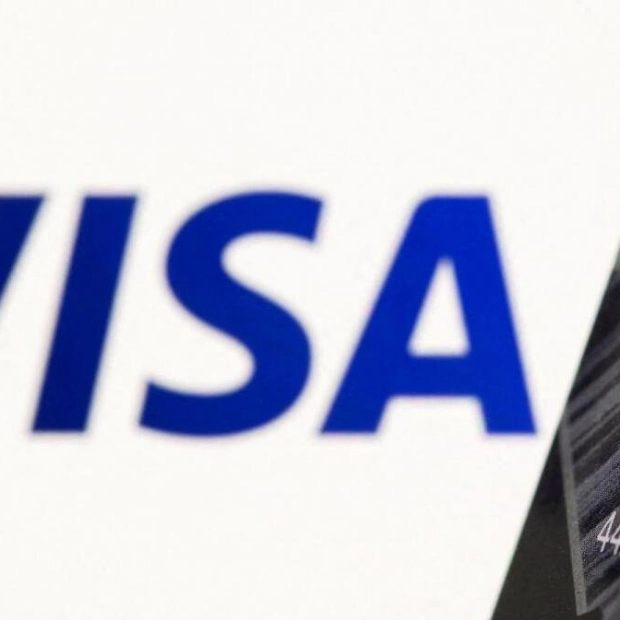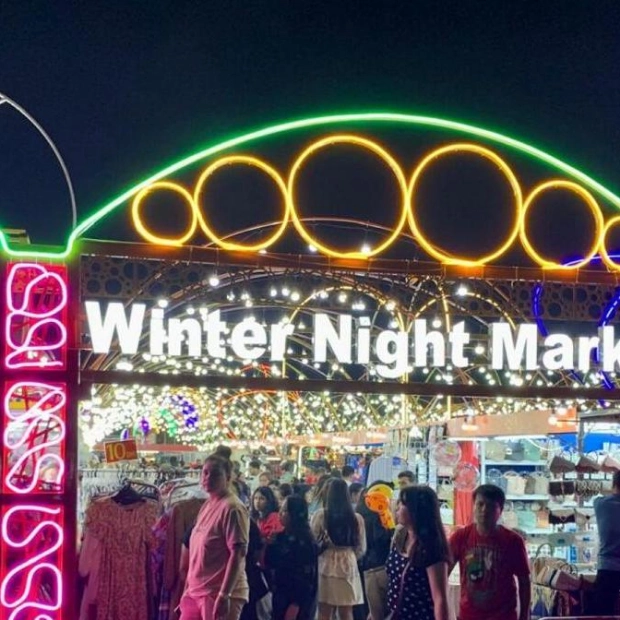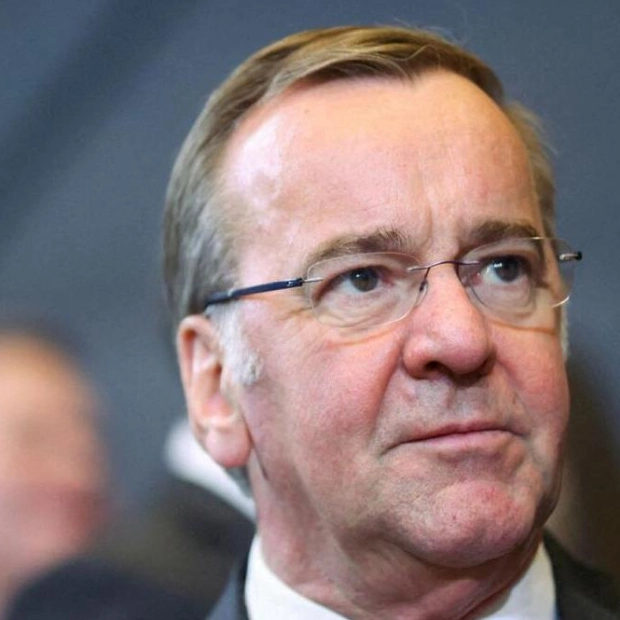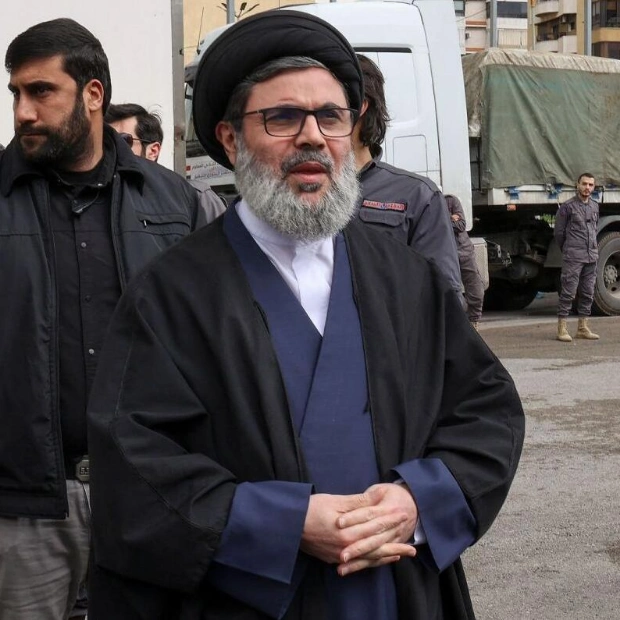In a modest office within London’s Victoria and Albert Museum (V&A), Vernon Rapley holds the position of Director of Cultural Heritage Protection and Security. He also spearheads a worldwide initiative aimed at safeguarding global cultural heritage from various threats, such as climate change and conflict. With a robust background in international law enforcement, Rapley is uniquely equipped to lead the V&A’s Culture in Crisis Programme, dedicated to preserving some of the world’s most invaluable cultural artifacts.
Rapley’s career spans 24 years as a detective at Scotland Yard, including ten years as the head of the Arts and Antiques Unit. He was also part of Interpol’s efforts to track the illicit trade in cultural goods. The Culture in Crisis Programme, conceived by the former V&A director Martin Roth, was developed in response to the cultural devastation wrought by ISIS in Syria and Iraq a decade ago. Roth, deeply affected by the destruction, believed it imperative for museums to take a stand and actively protect global heritage, thus birthing the Culture in Crisis Programme.
Echoing the 2014 film 'The Monuments Men,' which depicted the real-life efforts of Allied historians, architects, and museum professionals during World War II to protect cultural heritage, the Crisis in Conflict Programme is a global network of individuals undertaking extraordinary efforts. The 2014 launch of the Culture in Crisis Portal, driven by technology to facilitate rapid relationship building, aimed to be a comprehensive resource for those striving to preserve national buildings, collections, languages, and texts. This technological advancement revolutionized the way museums and heritage organizations could register their preservation projects, seek synergies, develop networks, collaborate, and raise essential funds. Currently, the portal hosts over a thousand projects.
Rapley elucidated to Euronews Culture the transformative impact of the portal: “Culture in Crisis often received inquiries from individuals heading to specific countries or regions, while others had just returned from those very places, yet they were unaware of each other. There’s immense value in conversing with others or sharing information to enhance operational effectiveness.” He likened the portal to a dating site, designed to connect users, provide necessary information, and then allow them to collaborate independently.
The urgency for coordinated, collaborative action to protect cultural treasures has never been more critical. A UNESCO report in January documented damage to 435 cultural sites since February 2022, with at least 53 severely damaged or destroyed, including the Ivankiv Historical and Local History Museum, the Holy Mountains Lavra, and the historic center of Chernihiv.
Efforts are also underway to preserve Teachers House, a symbol of Ukrainian independence, which suffered damage from Russian rocket attacks. Despite the immediate devastation of conflict, Rapley emphasizes that threats to cultural heritage are multifaceted, encompassing natural disasters and human conflicts. The portal includes a project examining the impact of heritage tourism on global cultural sites, aiming to promote sustainable tourism practices.
As Rapley prepares to leave the V&A after 14 years, he expresses pride in the museum’s role in uniting people and projects but suggests that other cultural institutions could contribute more. He advocates for a more proactive stance from museums with global collections, encouraging them to find their niche and support existing efforts. The Culture in Crisis Programme, supported by current V&A director Tristram Hunt, aspires to develop the world’s largest database of cultural heritage preservation projects, addressing new threats annually and inspiring ordinary people to achieve extraordinary feats.
